In the green Asturian countryside right on the coast lies Gijón, a city steeped in history and vibrant with culture that attracts all those seeking the charm of northern Spain.
The roots of Gijón go back to ancient times. Early mentions under the name “Gigia” may refer to the height of the pre-Germanic peoples or to the size of the Roman wall that was built on the Cimavilla peninsula. It has not yet been possible to determine this precisely.
A stroll through the city
During a stroll through Gijón, we were able to discover a number of sights that combine the city’s historic past with its present. The alleyways and streets lead past interesting houses, many of which have an exciting history. It is worth taking part in a guided tour of the city, as this is the only way to really learn the stories about the city.
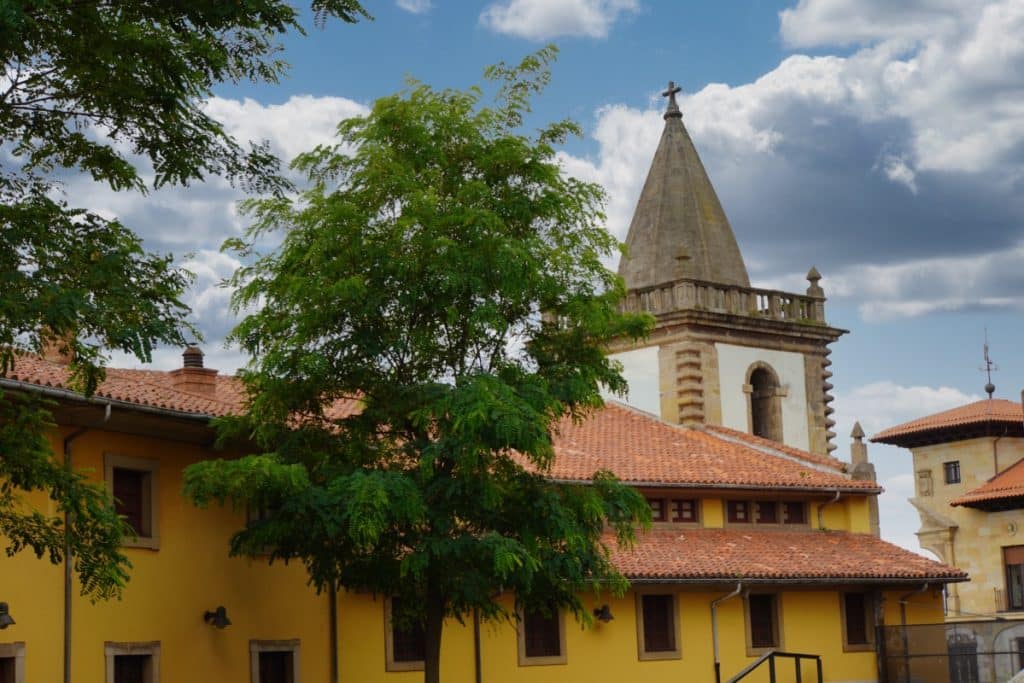
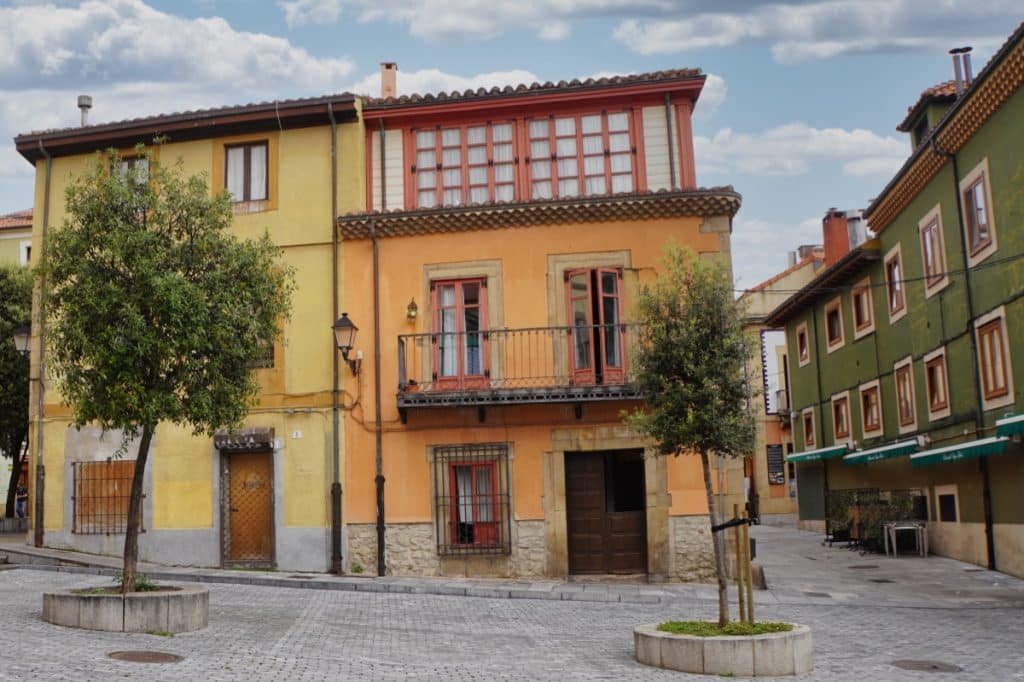
The city’s beaches, such as Playa de San Lorenzo and Playa de Poniente, invite you to relax in the sun. Fortunately, we had time to walk along the water and enjoy the “sea feeling”. For some years now, there has been a 12 km long coastal path that leads from the center of Gijón to the beach of La Ñora. I will make a point of doing this on my next visit. It must be wonderful to walk along the coast.
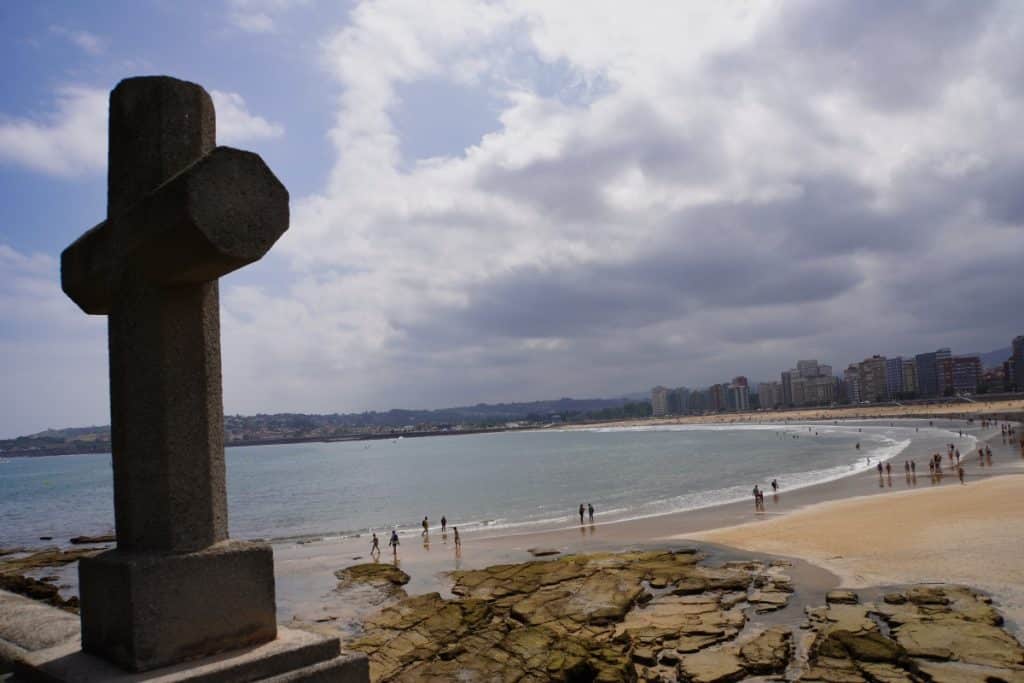
The Santa Catalina headland on the tip of Cimavilla is the place to go for a panoramic view of the Atlantic. Here you will also find the monumental sculpture by Eduardo Chillida entitled “In Praise of the Horizon”.
Iglesia de San Pedro
The Iglesia de San Pedro rises gracefully in Gijón’s historic center. The church nestles picturesquely between the vibrant Campo Valdés and the seemingly endless beach of San Lorenzo. For me, a visit to the church is the tip in Gijón, as it hides unexpected treasures that I would never have expected.
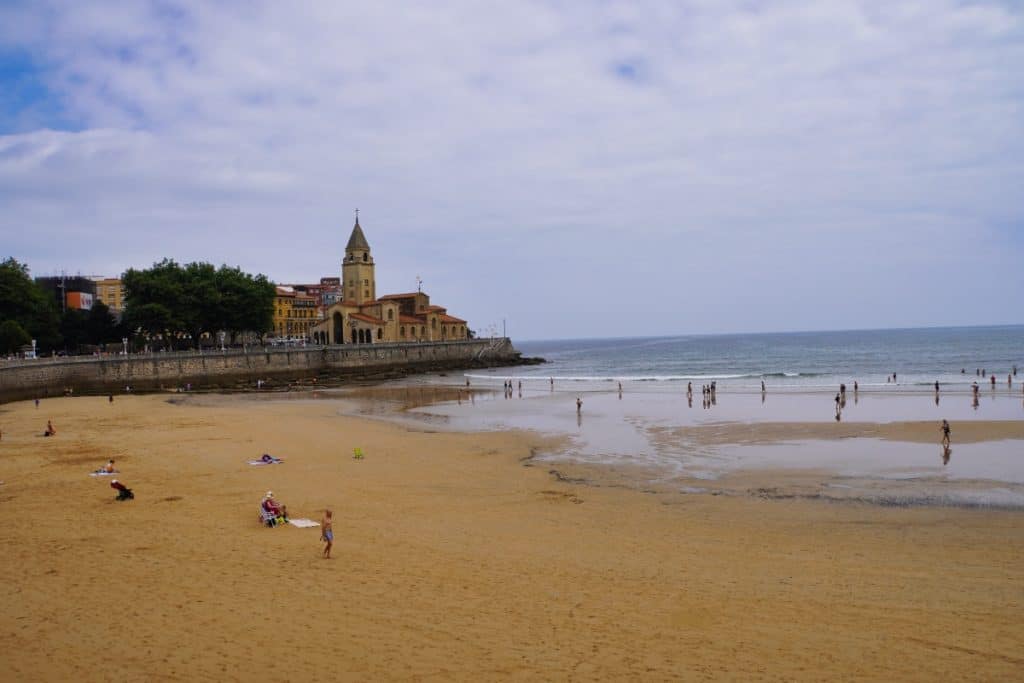
The Iglesia de San Pedro was the only parish church in Gijón until the end of the 19th century. The church was built in the 15th century by master Lucas Bernaldo de la Quintana.
After its destruction during the Spanish Civil War, the church was rebuilt in a historicist style. The brothers Francisco and Federico Somolinos designed the church between 1945 and 1955, which is now one of the most famous places in the city with its impressive façade and detailed decorations.
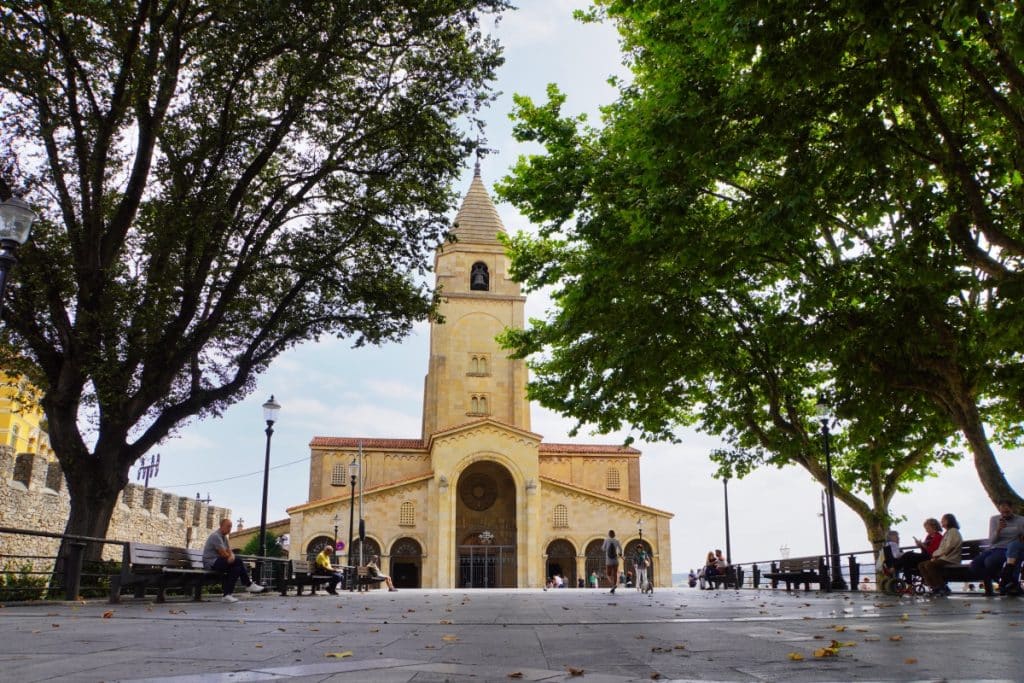
The interior of the church resembles a hall church. Its external appearance, with a portico and striking tower, was designed according to historical models and integrated into the new design.
The portico is something very special. Normally, ambulatory aisles are found in cathedrals but not in parish churches. The story behind the walkway is quite curious. After visiting the church, the Archbishop of Oviedo, Francisco Javier Lauzurica y Torralba, had the aisle covered with curtains. Later, it was even walled up and used as a storage room and sacristy for many years. In 2012, the room was converted into a chapel and the walls were adorned with mosaics by the artist Marko Ivan Rupnik. You can see 200 square meters of beautiful pictures on a tour. It was a real surprise for me, as I hadn’t expected to see such beautiful mosaics there.
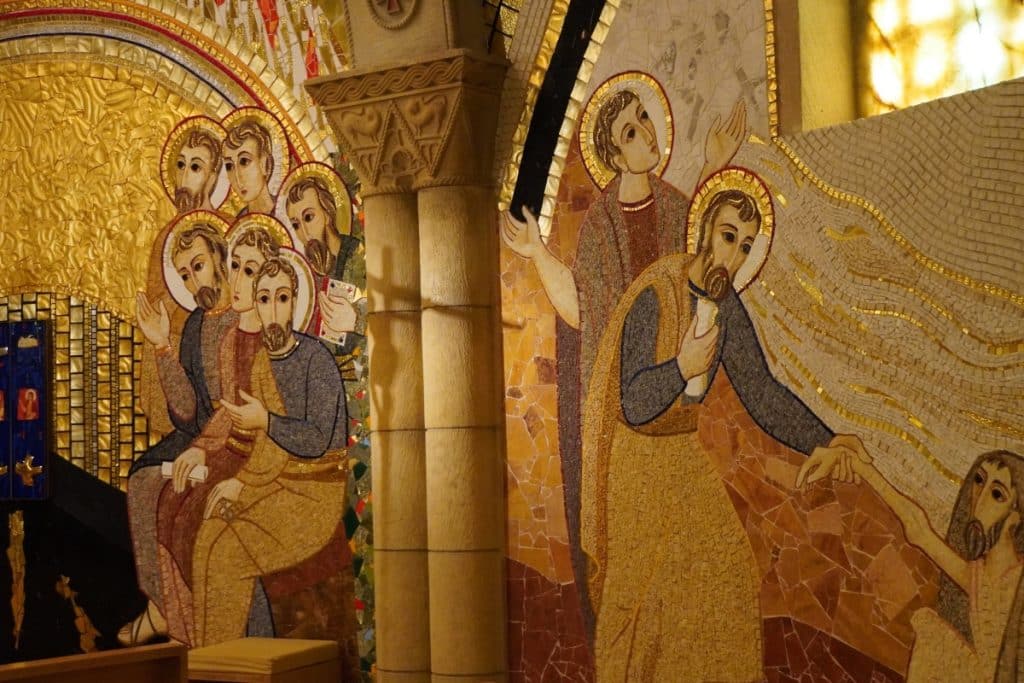
Top attraction in Gijón: Universidad Laboral de Gijón
The Universidad Laboral de Gijón is considered the most important building of the 20th century in the Asturias region and is located on the outskirts of the city of Gijón, around three kilometers from the city center. With an area of 270,000 square meters, it is even larger than the El Escorial monastery, making it the largest building in Spain.
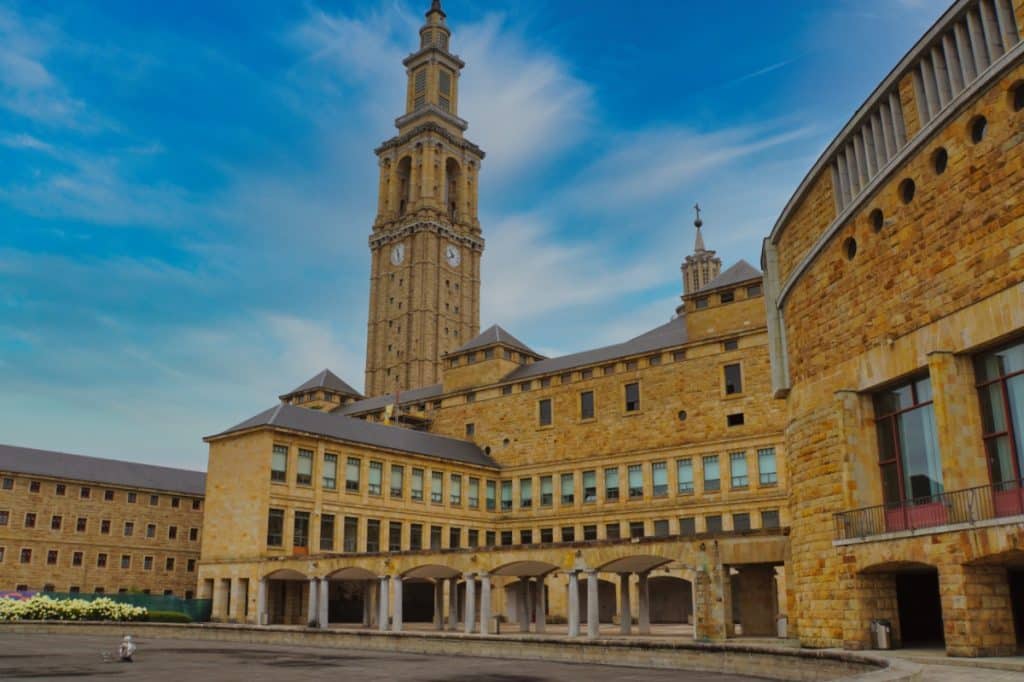
The building was constructed in a monumental style between 1946 and 1955 during the Franco era. Orphans whose parents had died working in the mines were to be educated and taught here. Around 3,000 pupils studied here at the same time in strict accordance with the Catholic faith.
Abandoned in the 1980s, the building fell into disrepair over the following years, lost its importance and was eventually left in ruins. The government at the time never dreamed of changing this. After all, a building from the Franco era was frowned upon and they wanted to forget this time as much as possible.
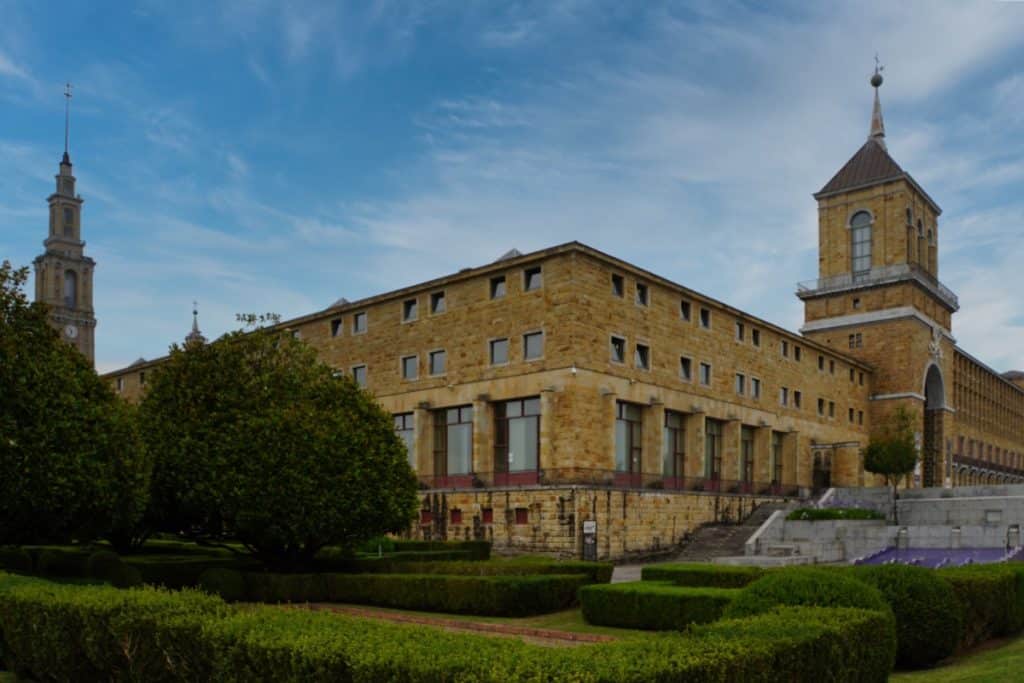
Finally, the building was completely restored between 2001 and 2007 and is now used by various faculties of the University of Oviedo. Many areas of the complex are freely accessible and institutions such as a LABoral Center for Art and Industrial Creation, the Drama High School of Asturias and the Professional Music School of Gijón use rooms here.
A look inside the Universidad Laboral de Gijón
The design of the building is by Luis Moya and was inspired by the Parthenon in Athens. The main gate is deliberately turned away from the city. This means that visitors have to take a complete tour around the building before they can enter and have the opportunity to admire its full splendor. Today, however, there is a large visitor parking lot in front of the main entrance and this route is no longer taken by many visitors.
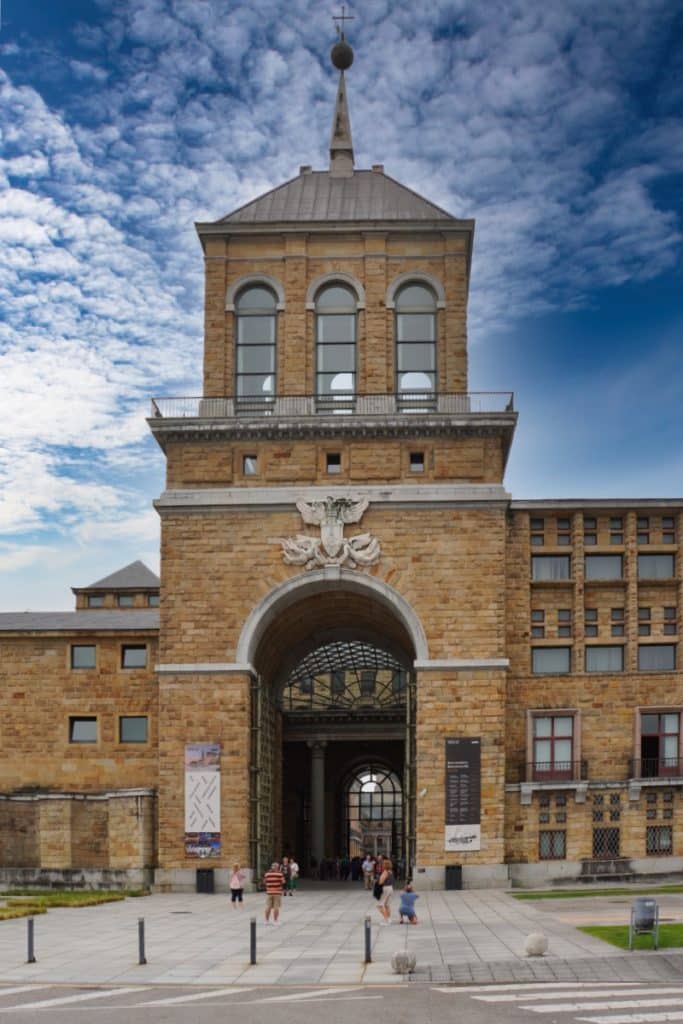
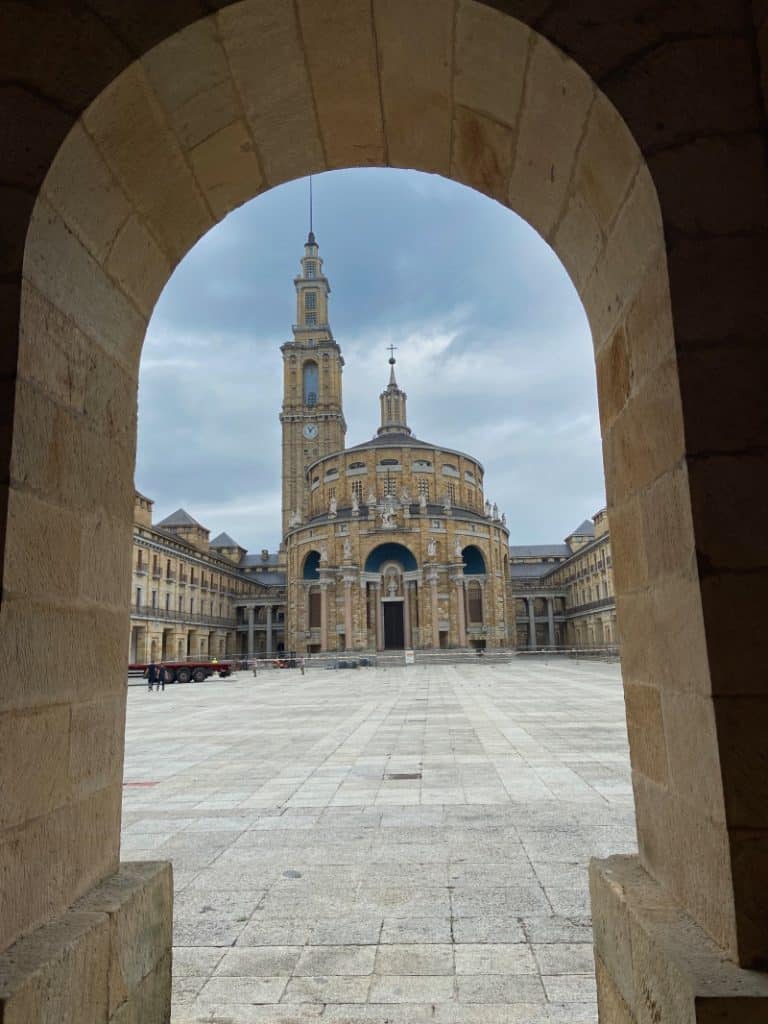
The main entrance is marked by an arch with a sculpted tower. Above the entrance is a shield with the eagle of St. John and the yoke, as well as the arrows of the Catholic Monarchs held by two angels.
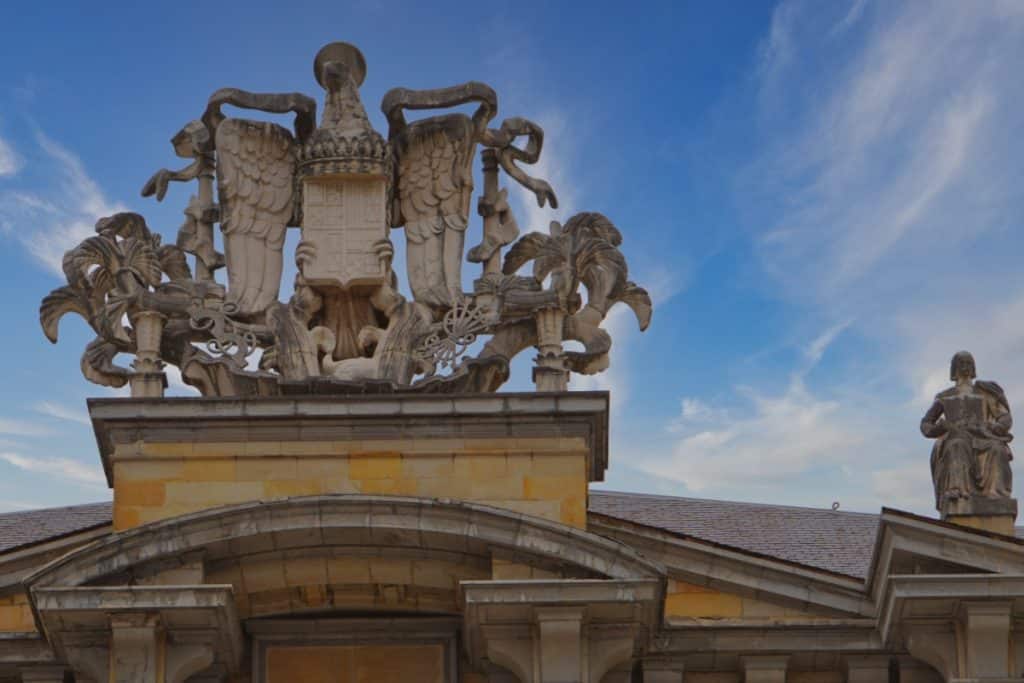
After walking through the entrance, I enter a roofless inner courtyard around which the building complexes are grouped. With an area of 150×50 m², I think the courtyard is really huge.
The church of the >Universidad Laboral de Gijón
There is a church in the inner courtyard. A truly spectacular building with an elliptical floor plan and a 2300-ton dome that rises 32 meters into the air. The floor plan has an area of 807 m², making it the largest church in the world with an elliptical floor.
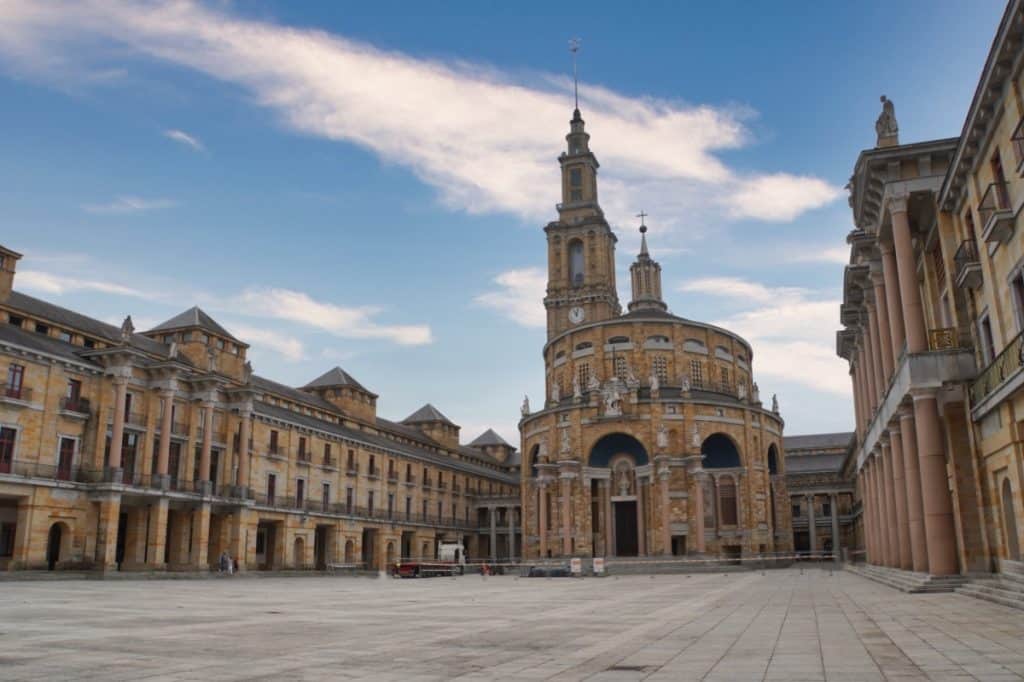
If you walk around the church, you will find some beautifully designed statues, such as a figure of the Virgin of Covadonga with Corinthian columns on which the statues of St. Joseph, St. Peter, St. Paul and St. Ignatius stand. Unfortunately, it was not possible to enter the church. The floor is said to be completely covered in marble. The pews, which have since been removed, once seated 1000 people.
The theater of the Universidad Laboral is another very interesting building complex. It has a Hellenic-style façade and space for around 1,500 spectators. The theater was the first fully air-conditioned theater in Spain. An underground air distribution system was used, which was unique at the time it was built.
The tower of the Universida is also unique. It is 117 meters high and is said to be the tallest building in Asturias and the tallest stone building in Spain. It is possible to take an elevator to the top at certain times and enjoy the view.
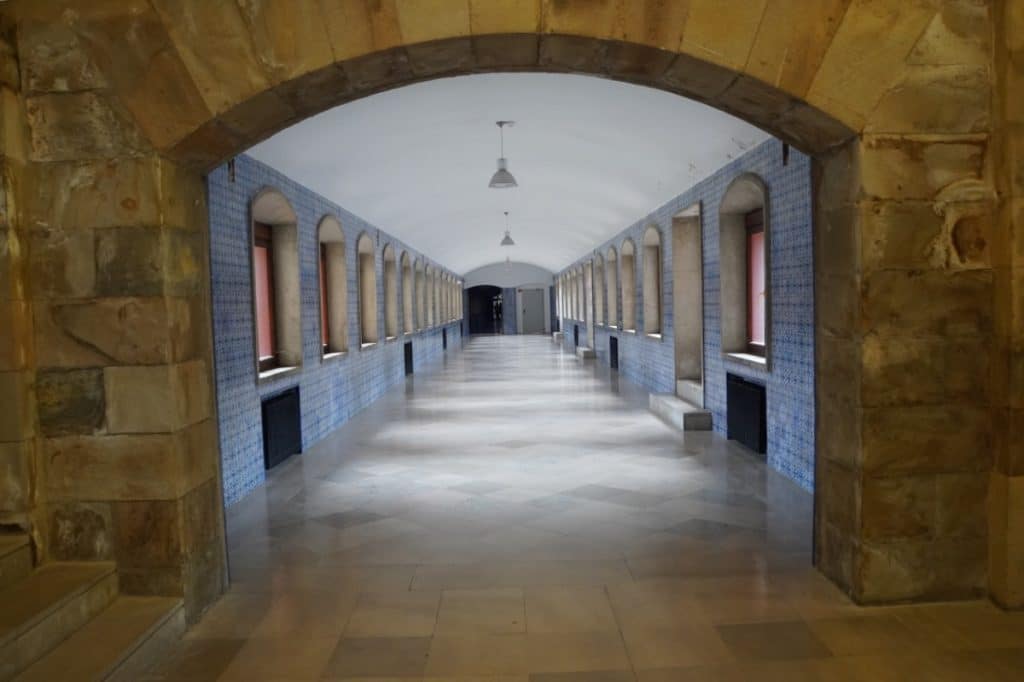
It is worth taking a tour of the areas that are open to the public free of charge. With a bit of luck, one or two doors will be open. Then you also have the opportunity to take a look inside the buildings of the Universidad Laboral de Gijón.
Lunch Parador de Gijón El Molino Viejo
In Isabel La Católica Park, one of the most beautiful parks in Gijón, stands the building of a former mill. Today it is home to the Parador de Gijón.
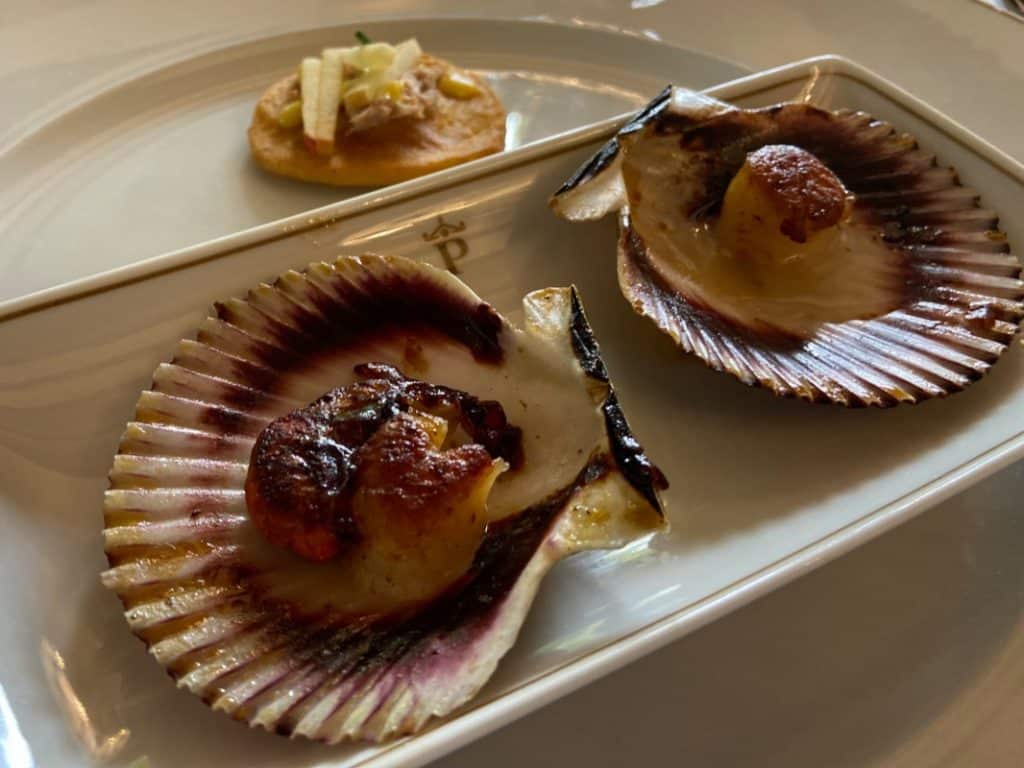

The restaurant is a cozy and, above all, very good place to eat. Our lunch menu consisted of baked scallops, a verdinas with seafood and a sea bass fillet. Crêpes filled with baked apple were served for dessert. If you want to eat well, don’t miss out on booking a table here.
The visit to Gijón took place during a trip on the Costa Verde Express .

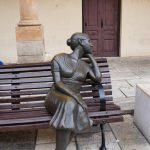
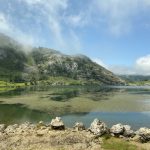

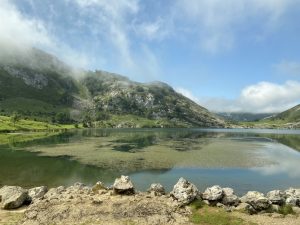
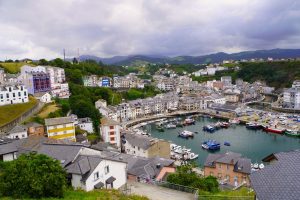

Leave a Reply